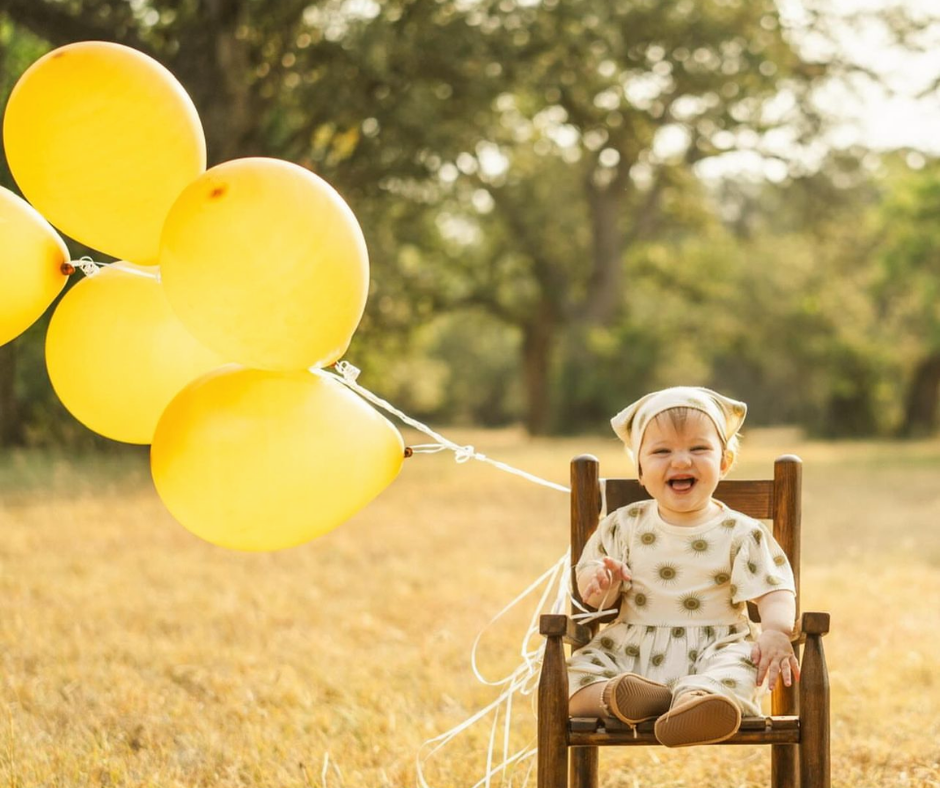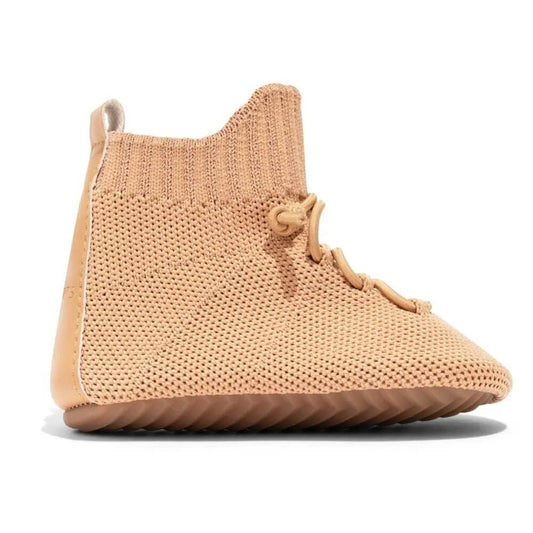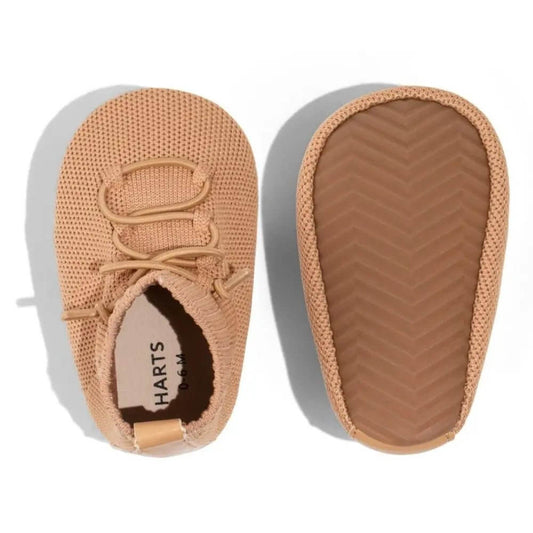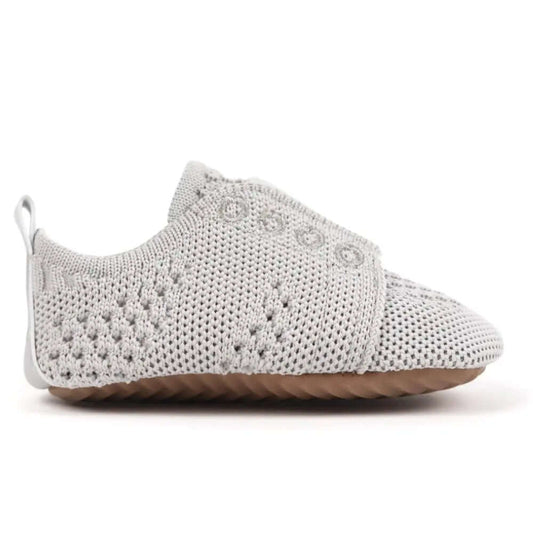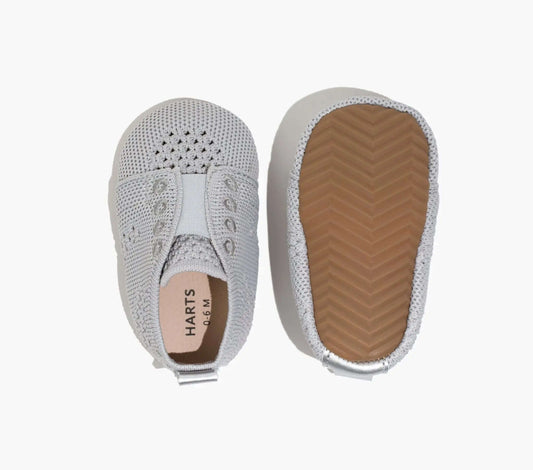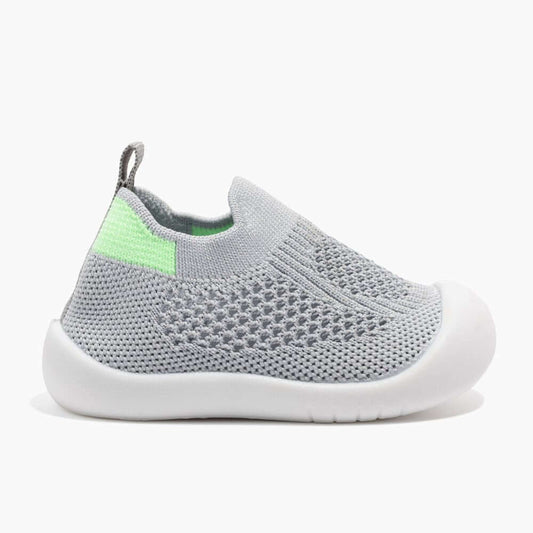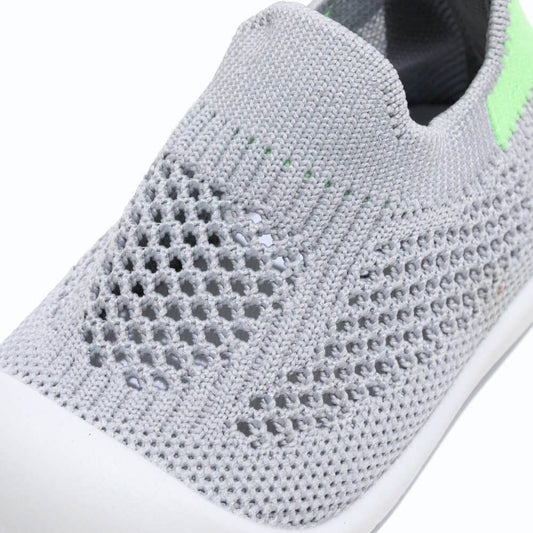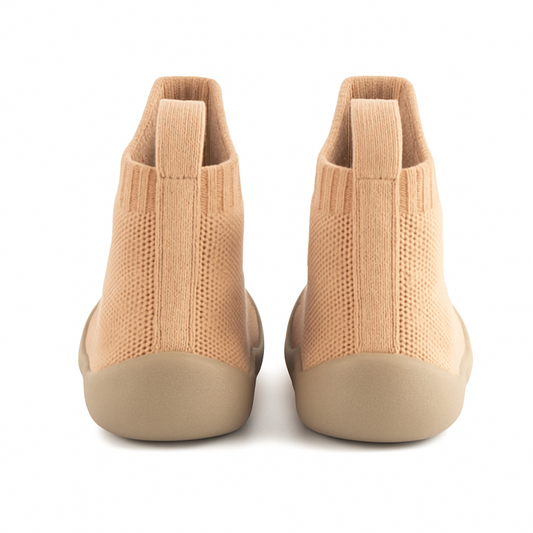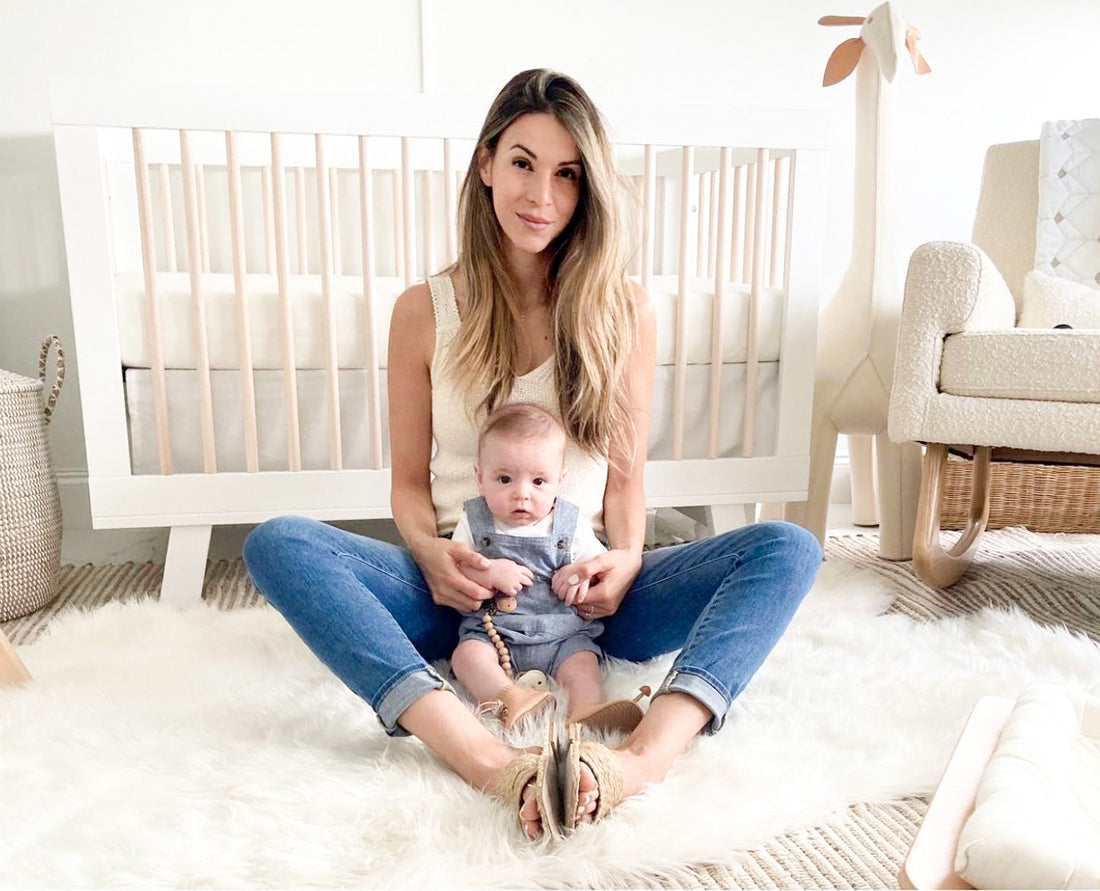
10 Toy Storage Secrets Every Toddler Mom Should Know (Especially in Small Spaces)
If it feels like your toddler’s toys are multiplying overnight, you’re not alone. Living with a little one in a small space can turn even the most curated playroom into chaos. But here’s the good news: you don’t need more bins—you need smarter habits.
These 10 clever toy organization tips are designed for small homes, busy moms, and growing toddlers who are always on the move (and somehow wearing three different shoes a day).
1. Use Rotation to Create Less Clutter (and More Excitement)
Instead of stuffing every toy into one overflowing basket, create a small “active” toy collection and store the rest in a closet or bin. Rotate every week. It keeps your toddler engaged and reduces daily mess.
2. Toys = Decor
Woven baskets, lidded ottomans, and neutral wall shelves can store toys and match your aesthetic. Bonus: you can sneak in a basket for soft sole shoes for new walkers or your favorite little one shoes to keep them from getting lost under the couch.
3. Label with Photos for Early Independence
Toddlers don’t read labels—but they know what they want. Tape small photos or drawings onto bins so your child can start helping with cleanup. Even at 18 months, they’ll recognize where the animals or blocks belong.
4. Limit Loud, Bright, Bulky Toys
The best toys for development (and cleanup!) are open-ended and compact. Think blocks, stacking cups, and simple musical instruments. The same goes for gear—skip the flashy stuff and opt for versatile essentials like white shoes for infants that work with every outfit.
5. Designate a Shoe + Sock Drop Zone
Tiny shoes scatter faster than toys. Set up a basket or wall-mounted bin by the door for everyday pairs—especially essentials like shoes for starting to walk or best booties for infants that you reach for daily.
👟 HARTS barefoot booties are made to slip on, stay on, and store neatly without laces or socks required.
6. Hide in Plain Sight
If you’re short on storage, look up: add baskets to bookshelves or under the crib. Tuck a play mat and puzzle into a soft bin with your toddler’s best infant shoes for learning to walk for quick grab-and-go access.
7. Use Vertical Space Wisely
Wall hooks aren’t just for coats—hang small toy bags, dress-up items, or even their favorite 18-month-old shoes in breathable mesh bags. It saves space and keeps shoes from disappearing into the toy pile.
8. One In, One Out Rule
Teach toddlers to make choices early. When a new toy arrives, let them choose one to “rest” in storage. It keeps the collection fresh—and helps them appreciate what they already have.
9. Store by Zones, Not Sets
Don’t stress about keeping puzzle pieces or blocks in perfect sets. Instead, store toys by use (e.g. building, creative, pretend play). This encourages open-ended play and keeps bins from overflowing with mismatched parts.
10. Keep Essentials Within Reach
Store your toddler’s favorite toys and daily-use items at their level—including their everyday little one shoes. A simple cube shelf with open bins can hold books, blocks, and a few trusted pairs like soft sole shoes for new walkers.
🧺 Final Thought
A smaller space doesn’t mean more mess—it just means being intentional. With a few smart habits and the right essentials (including the best booties for infants that don’t clutter up your hallway), toy organization becomes one less thing to stress about.
👣 Ready to simplify more than toys?
Check out our barefoot-style baby boots — designed to stay on, match everything, and move with your little one from crawling to confident walking.
